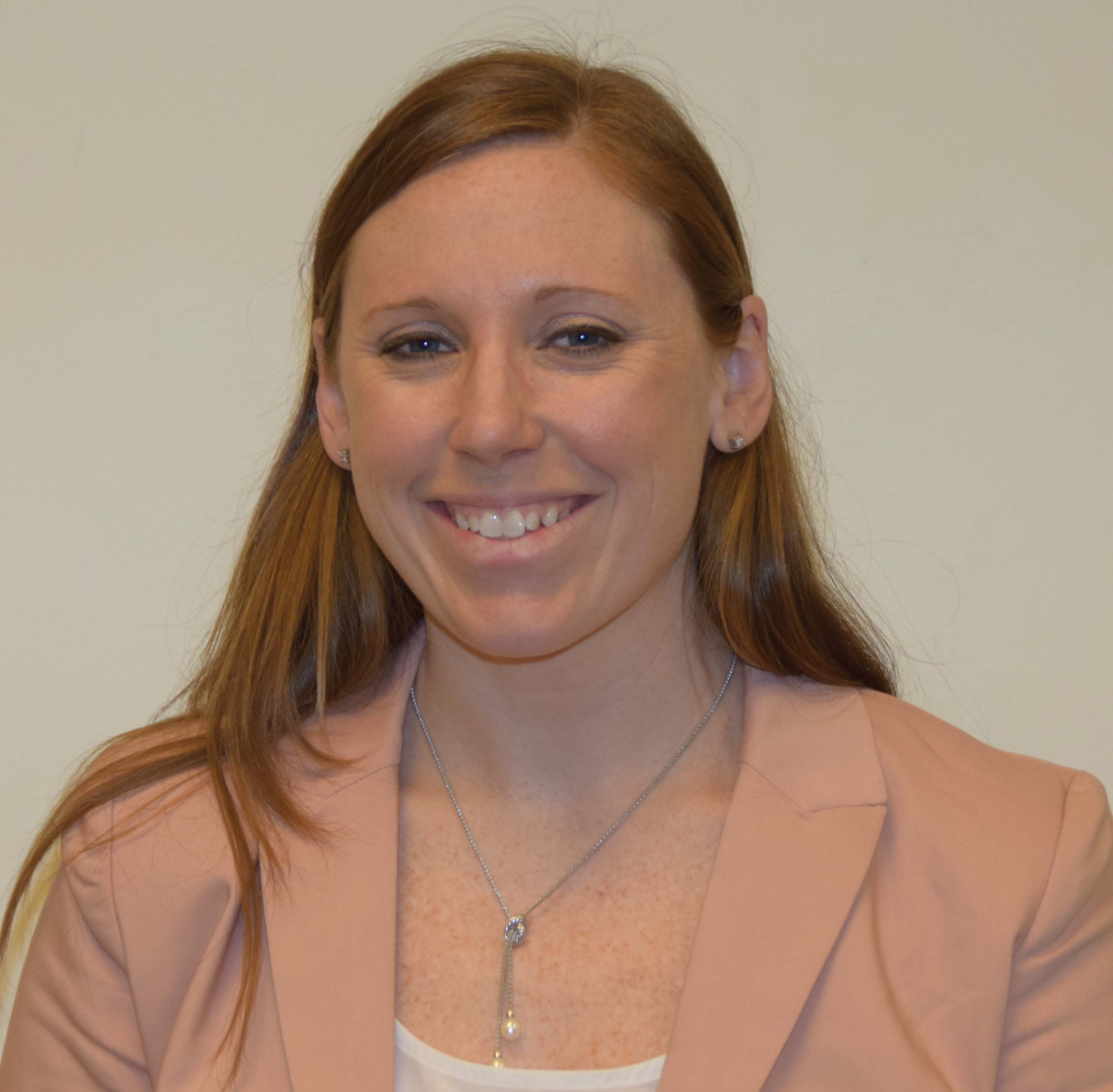Using The Theme Writing Strategy with Gifted Students

SIM Professional Developer Jennifer Hunter teaches students who are gifted and talented. Her students are never classified as “struggling learners.” They make up the top 25% of the school. They are taking college-level English classes. They traditionally out-perform their peers on the state test, SAT test and even Advanced Placement tests.
SIM Professional Developer Melissa Fazzino asked Jennifer, "How can the SIM Writing Strategies be relevant to students who are not considered to be struggling learners?"
Jennifer's Response:
How can they not be? How can one assume that these students don’t need the Writing Strategies to bridge the gap between the formulas of writing and the art of writing?
My students make up the top 25% of the school, are taking college-level English classes and traditionally out perform their peers on the state test, SAT test and even Advanced Placement tests. My students are never classified as struggling learners, but the truth is the Writing Strategies have helped me broaden my perception of what constitutes a struggling learner. Consequently, I now see a room full of struggling learners every day.
The Writing Strategies, particularly the TOWER diagram, serve as a working foundation to propel gifted learners towards mastery exponentially faster than any other approach to writing that I have previously used. Take, for example, how my students are able to internalize that adequate writing (as described by College Board) means simply meeting the requirements of the Theme Writing Strategy. Students whose writing falls into this category can follow the basic structures for writing but have not yet adopted any personal writing style. They may want to take risks in their writing, but they cannot manipulate the elements of writing well enough to do it.
For students to be considered effective, they must have an impressive control of writing. These high range essays may exhibit the students’ natural writing style and ability to govern language. In other words, they have made the language their own; they have not made the formulas for writing their own.
Instructors hope to find a way to help their students transition from the formula to the art; however, they fail to realize that the struggle to tip the scales is not mitigated by teaching the art of the language. For many years I failed to realize I was spending all of my time teaching students how to have a voice only, but I was only adding to the mystery and abstract nature of composition.
It doesn’t matter where a student is in the path towards becoming a master writer. If instructors aren’t laying the right foundation, then every single student is truly a struggling learner. Only after watching my students assume the writing strategies as the requirements for writing was I finally able to show them how to take the next steps towards the beauty of writing. The writing strategies taught me that my job is to foster fundamentally sound writing so they can become students of the craft. They don’t need to learn what I think writing style is; they need to learn what their writing style is. With tools like the TOWER diagram and a strategic approach to composition, my students are learning to struggle not struggling to learn.
~Jennifer Hunter
Rising Sun High School
North East Maryland
~Melissa Fazzino
Cecil County Public Schools
Elkton, MD
Originally published in SIM 30x30+ more stories of success, hope, and innovation (2017, 30x30+19).